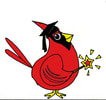|
|
|
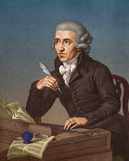
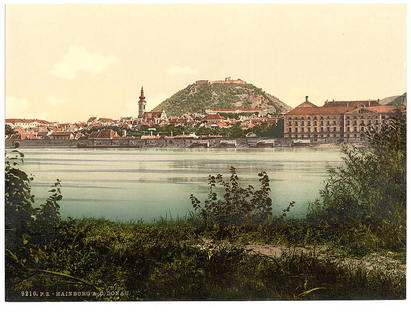
|
|
|
|
Franz Joseph Haydn was among the creators of the fundamental genres of classical music, and his influence upon later composers is immense. Yesterday we learned that Haydn was a musical prodigy, so his parents sent him away to school. He didn’t have to stay at that school very long, When he was 7, he passed a singing audition that allowed him to move to Vienna for school and singing. And that’s where he lived for the next 9 years. Eventually Haydn’s brother Michael came for training later on, in 1745, when Joseph was around 13.
|
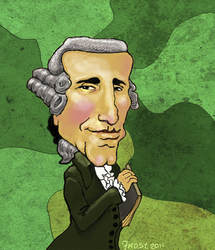
|
|
|
|
Haydn’s most celebrated pupil was Ludwig van Beethoven, and his musical form casts a huge shadow over the music of subsequent composers such as Schubert, Mendelssohn and Brahms. Haydn soon became an assistant to composer Nicola Porpora in exchange for lessons, and in 1761 he was named Kapellmeister, or "court musician," at the palace of the influential Esterházy family, a position that would financially support him for nearly 30 years. Isolated at the palace from other composers and musical trends, he was, as he put it, "forced to become original."
|
|
As a "house officer" in the Esterházy establishment, Haydn wore livery and followed the family as they moved among their various palaces, most importantly the family's ancestral seat Schloss Esterházy in Eisenstadt and later on Esterháza, a grand new palace built in rural Hungary in the 1760s.
|
|
Haydn had a huge range of responsibilities, including composition, running the orchestra, playing chamber music for and with his patrons, and eventually the mounting of operatic productions. Despite this backbreaking workload, the job was in artistic terms a superb opportunity for Haydn. The Esterházy princes were musical connoisseurs who appreciated his work and gave him daily access to his own small orchestra. During the nearly thirty years that Haydn worked at the Esterházy court, he produced a flood of compositions, and his musical style continued to develop.
|
|
|
|
|
Think of Haydn and you think of his impeccable musical craft, for some the defining sound of the classical period. In 1790, when Prince Nikolaus I died and his son Anton took over, Haydn had a great opportunity. Anton wasn’t really interested in music, so he fired most of the court musicians. Haydn was kept around, but his pay was reduced. But since Haydn wasn’t really needed at the Esterhazy court anymore, it allowed him to travel, notably to London.
|
|
Haydn was a huge deal in London, even though he’d never been there. His music was published widely over there, and frequently performed. People had been trying to get Haydn to come to London for about a decade, but he refused, because he had a good relationship with his employer Nikolaus I, and didn’t want to leave him. 58-year old Joseph traveled to London twice in his lifetime – once in 1791-92, and again in 1794-95. His tours were huge successes, his fame increased, and his wallet was forever happy.
|
|
|
|
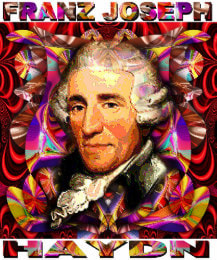
|
He wasn’t formally a teacher of Mozart, but the two had a close relationship and high mutual regard. Haydn wasn’t an artist who struggled in obscurity. He was famous and revered during his lifetime, widely called the greatest living composer at the time. He would say that honor belonged to Mozart. Mozart’s Requiem was played at Haydn’s funeral when he died in 1809.
|
|
|
|
